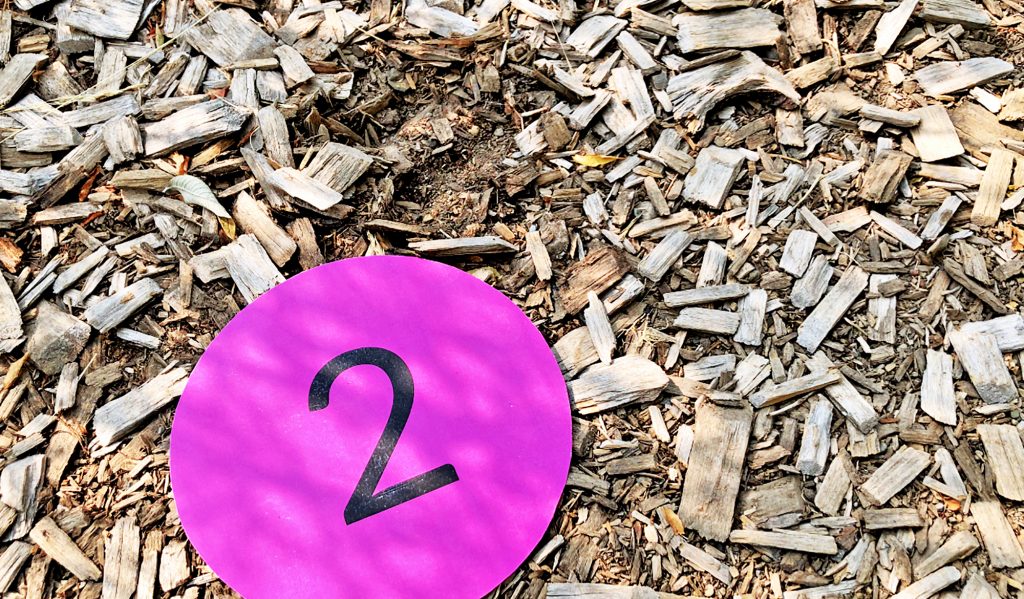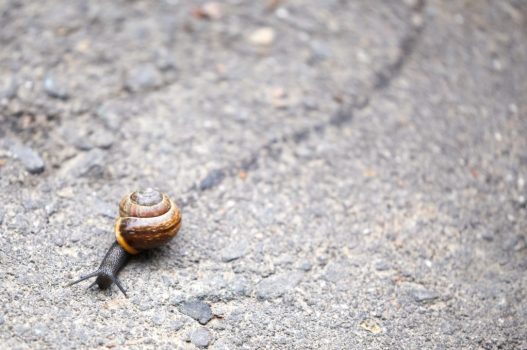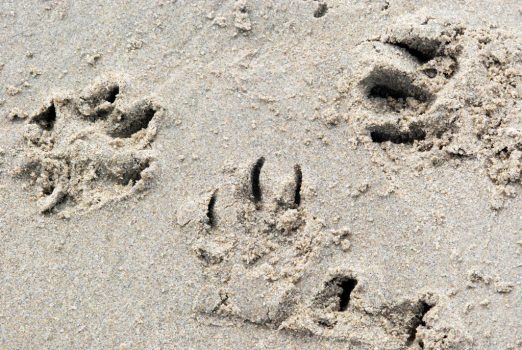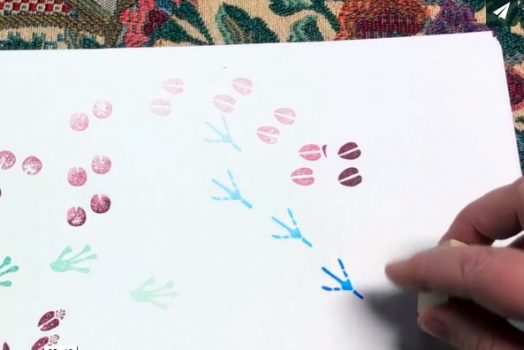
Tracks
Tracks
Studying animals often means relying on indirect evidence like tracks left in soft substrates.
Learning Objective: Analyze animal tracks based on shape, size, and location, identifying species with track evidence.


Animals leave tracks when they move over surfaces. Snails and slugs leave a line of mucus. Bears and elk crush plants they walk over. Snakes can leave a body line over sand.
Animal tracks most frequently refers to footprints, imprints left in soft substrates. Some people refer to these footprints as tracks, and other signs of movement as “traces.”
Casts in plaster and plastic are used to study tracks that are not readily available. Note the different sizes and shapes of these tracks.
Watch this video; you can select the closed captioning “cc” option if you would like to see the text.
This large casting shows additional species and relative scale of tracks.

Was this track most likely left by a dog or a cat?
You may find tracks as a form of indirect evidence for this guide’s media piece.


Animal tracks are so popular they are commonly used in crafts, as product patterns, and as icons (including our vividscience logo).
If you would like to see more animal track applications, check out the resource page.
The next section provides examples of additional forms of indirect animal evidence.











